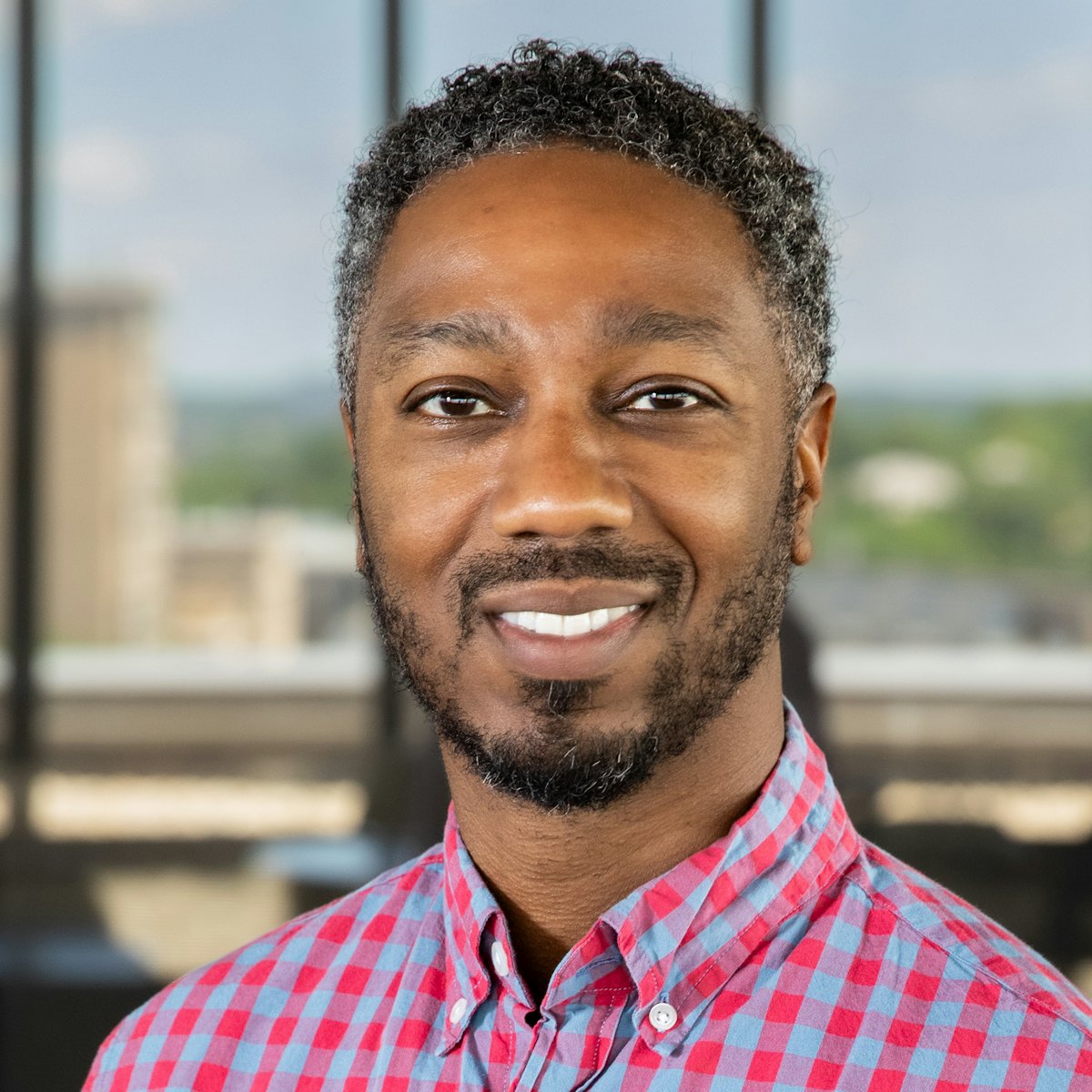EDTECH: What are some of the signature achievements of the program?
BROOKS: We work with an external leadership development provider, MOR Associates, and people apply to the program. We support a dozen or so people every year through leadership development. We’ve sent probably 150 to 200 people through it at this point, all selected by their peers.
We’ve really developed a common perspective and a common language about leadership and about working together at the university. And we think about people leading — not solely from a position like mine, but really leading from where they are — to make the workplace better for their colleagues, to launch new projects, to launch new ideas, to provide excellent services. Leading from where we are has become part of our culture and part of our language.
EDTECH: Has the mission of IT Connects grown or shifted over time in response to developments in technology?
This particular program is much more about people than it is about technology. We’re always working with new technology and have opportunities for people to develop, to grow, to learn new skills. But IT Connects has always been about making sure that people have the human skills they need so that if they’re working through a new problem or have an idea, they’ve got people to talk to, people to brainstorm and collaborate with.
There has never been a time with IT Connects where I or somebody in the job before me dictated new programming. It has always been somebody in the community saying, “I think we need this as part of our portfolio. Can we bring it into IT Connects?” The role of my office is financial support. One colleague said, “Well, somebody has to buy the bagels!” We pay for the conference costs and for people to go to leadership training, but we don’t do any programming centrally.
KEEP READING: How university IT leaders can support marginalized communities.
Leadership Improv, for example, was the idea of some people who did improv and wanted to bring that in. The mentorship program was driven by people who really believed in mentorship and wanted to organize that. I’ve worked at three universities now, and I’ve worked in the national higher ed community, and we value engagement.
I have never seen anything like IT Connects — the sheer vibrancy of that program, hundreds of people across the university involved in it of their own volition because they think it’s important and because they enjoy being a part of it.
EDTECH: How can other universities replicate your success? What are the first steps?
BROOKS: One is to give people a little time and space to work with ideas and to build a program. Start with one or two things that you think would really resonate at your university. Just pick one and start, and iterate it. We have an IT Connects steering community that helps their colleagues work with a new idea and turn it into a pilot.
Funding is also important. These initiatives are pretty inexpensive, but in the central CIO office we have a little budget to work with, and IT people in our community might not. For me to free up a few thousand dollars for an activity allows people to run with the programming and know they will be able to buy some coffee or arrange a bit of audiovisual support. I see that investment pay off every day around me. I see people who are confident in meetings, who are able to express their ideas. I see people who have connections with others across the university, so when we’re working on a problem, we’re able to reach out in partnership. It pays for itself in so many ways across the cohesion and excellence of the IT staff of the university.
UP NEXT: Tips for filling IT staffing gaps in a tight higher education labor market.
#University #WisconsinMadison #Breaks #Silos










